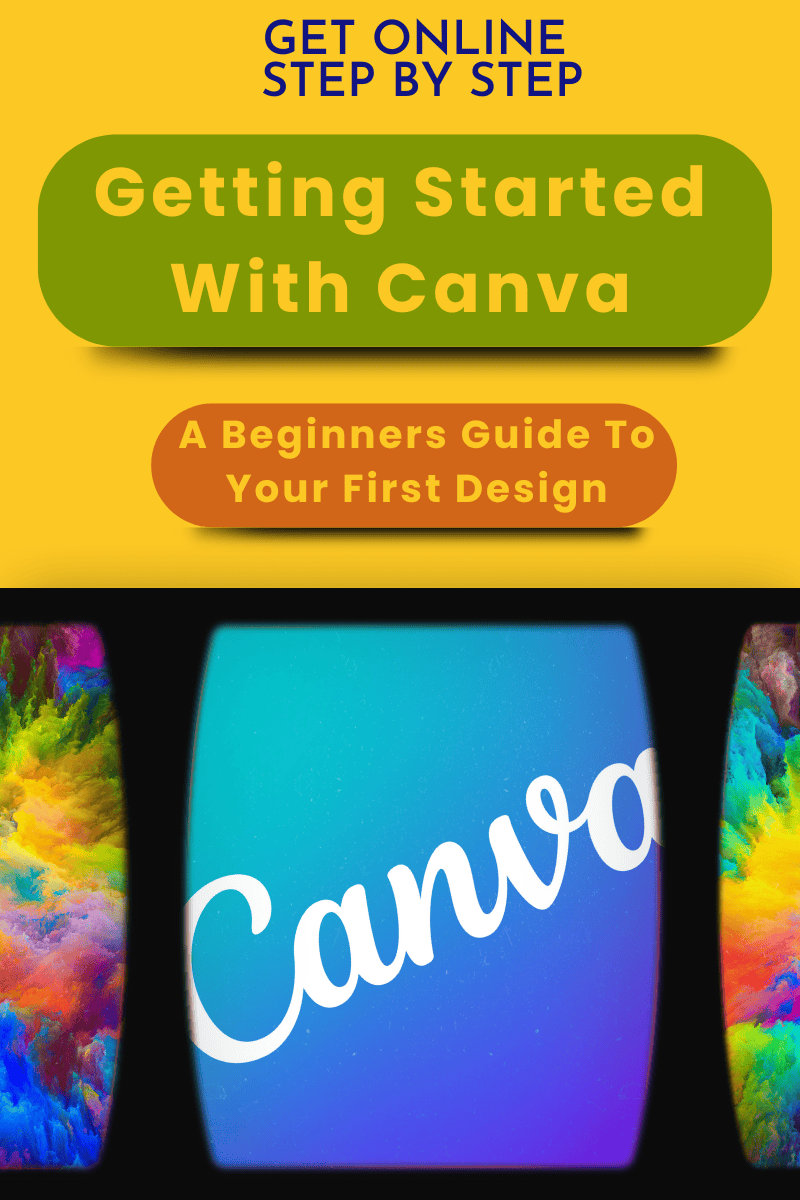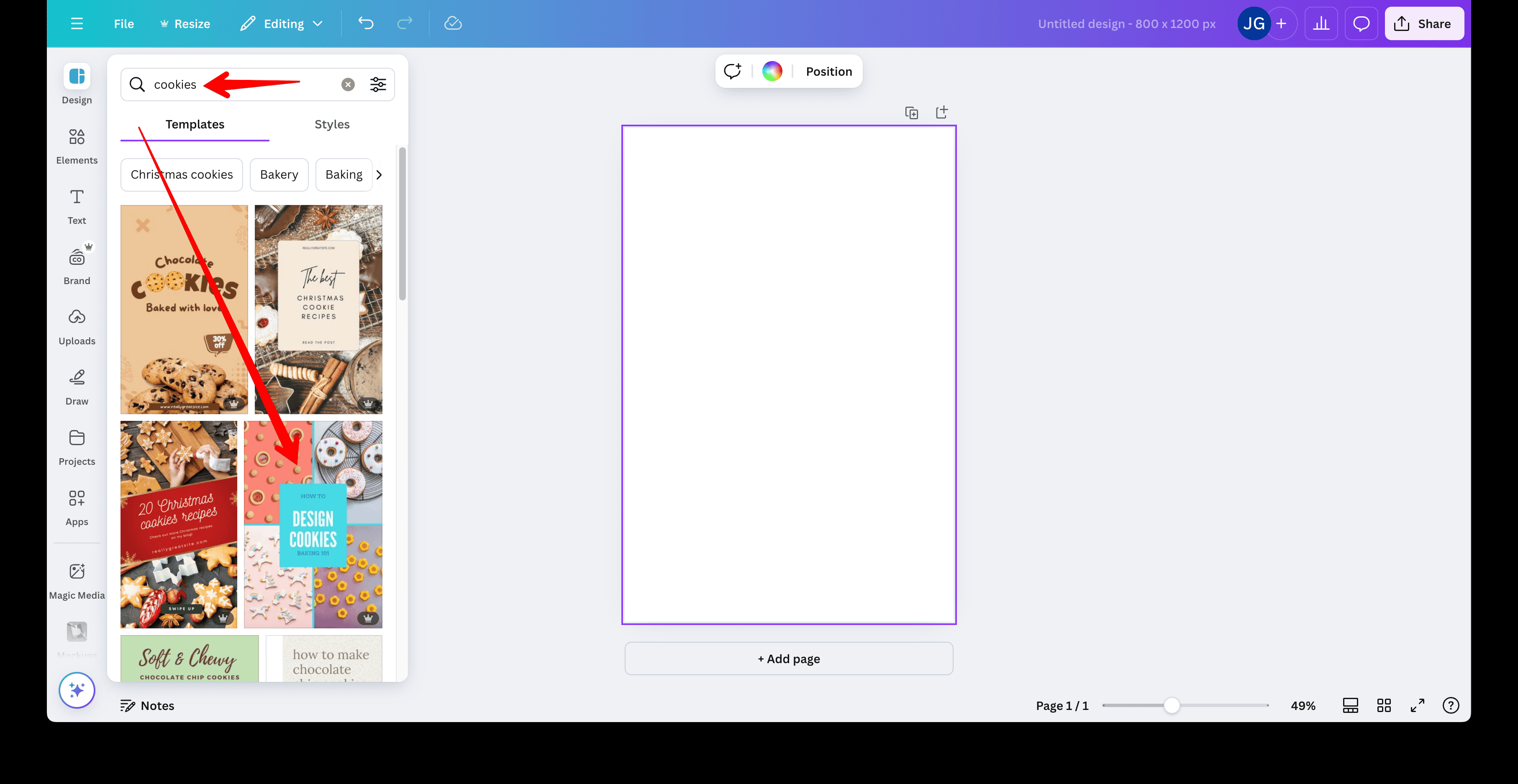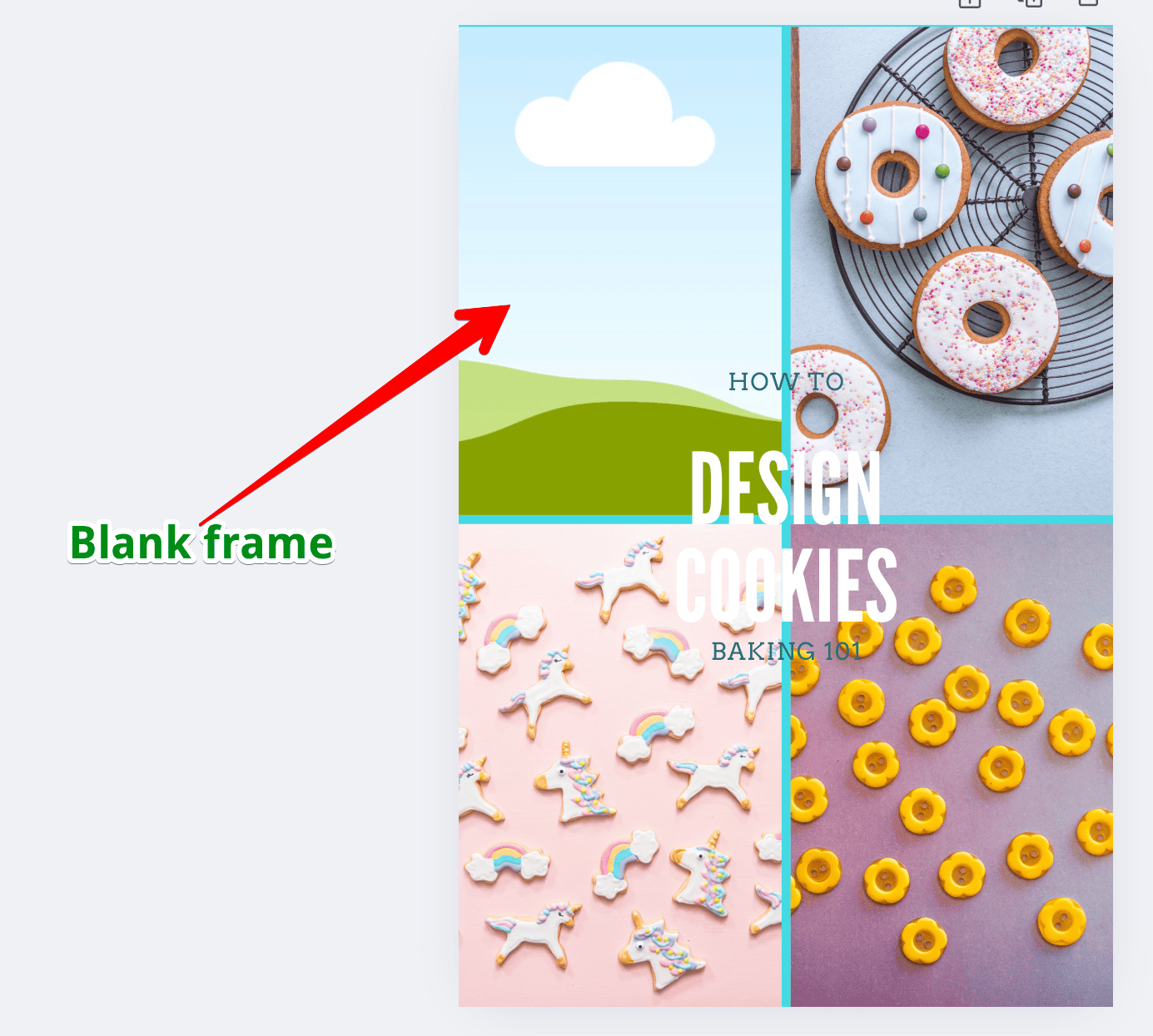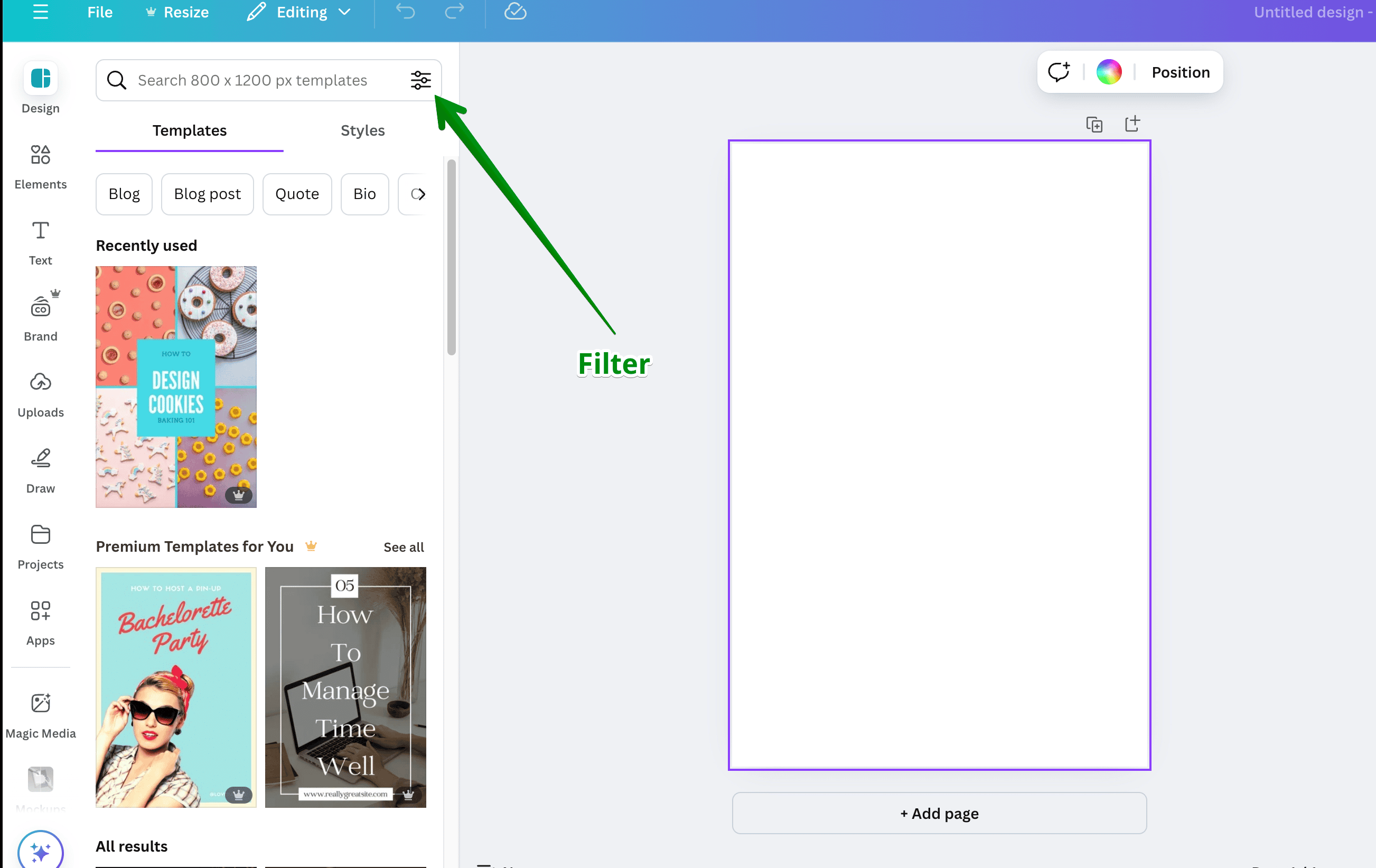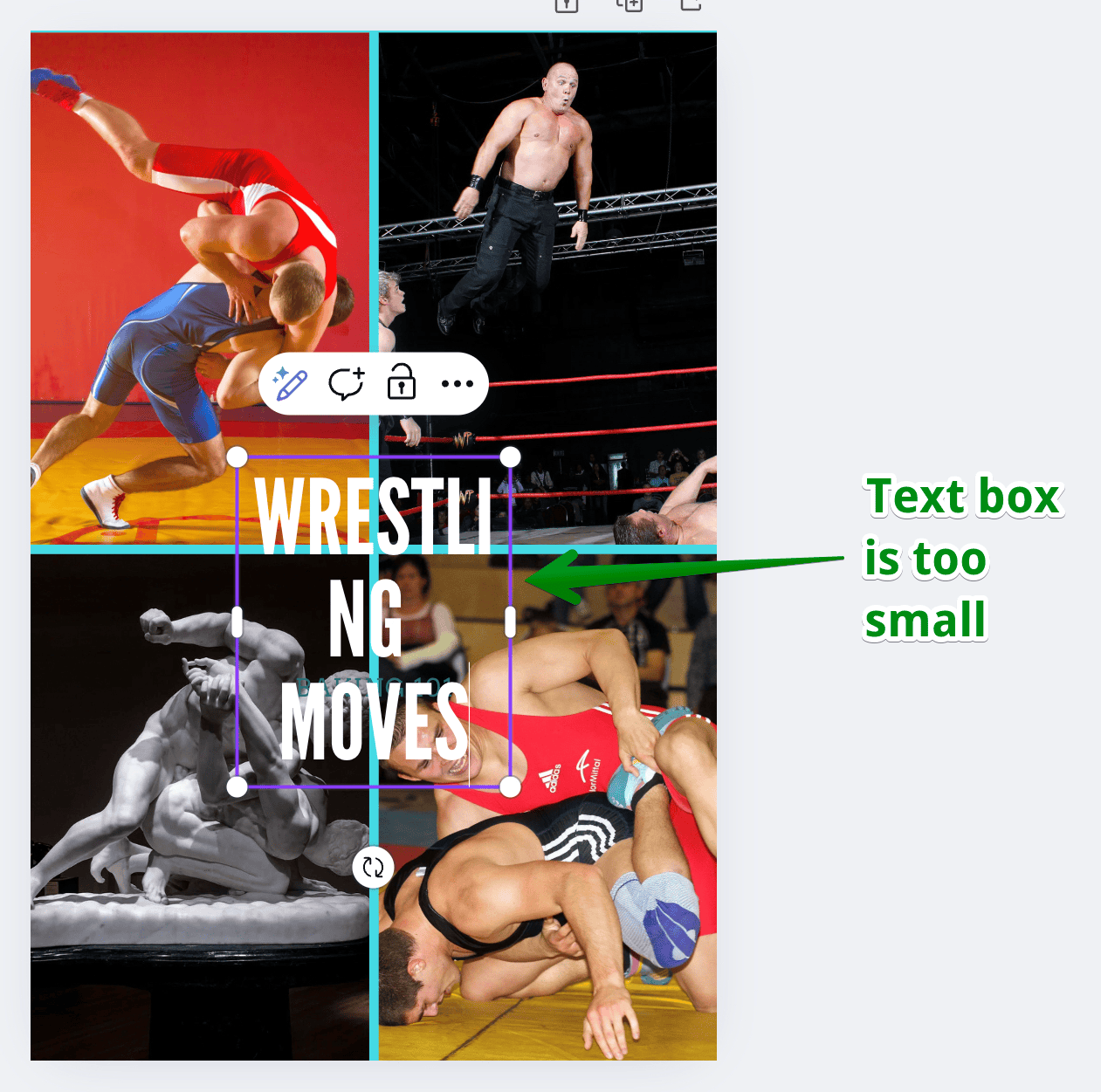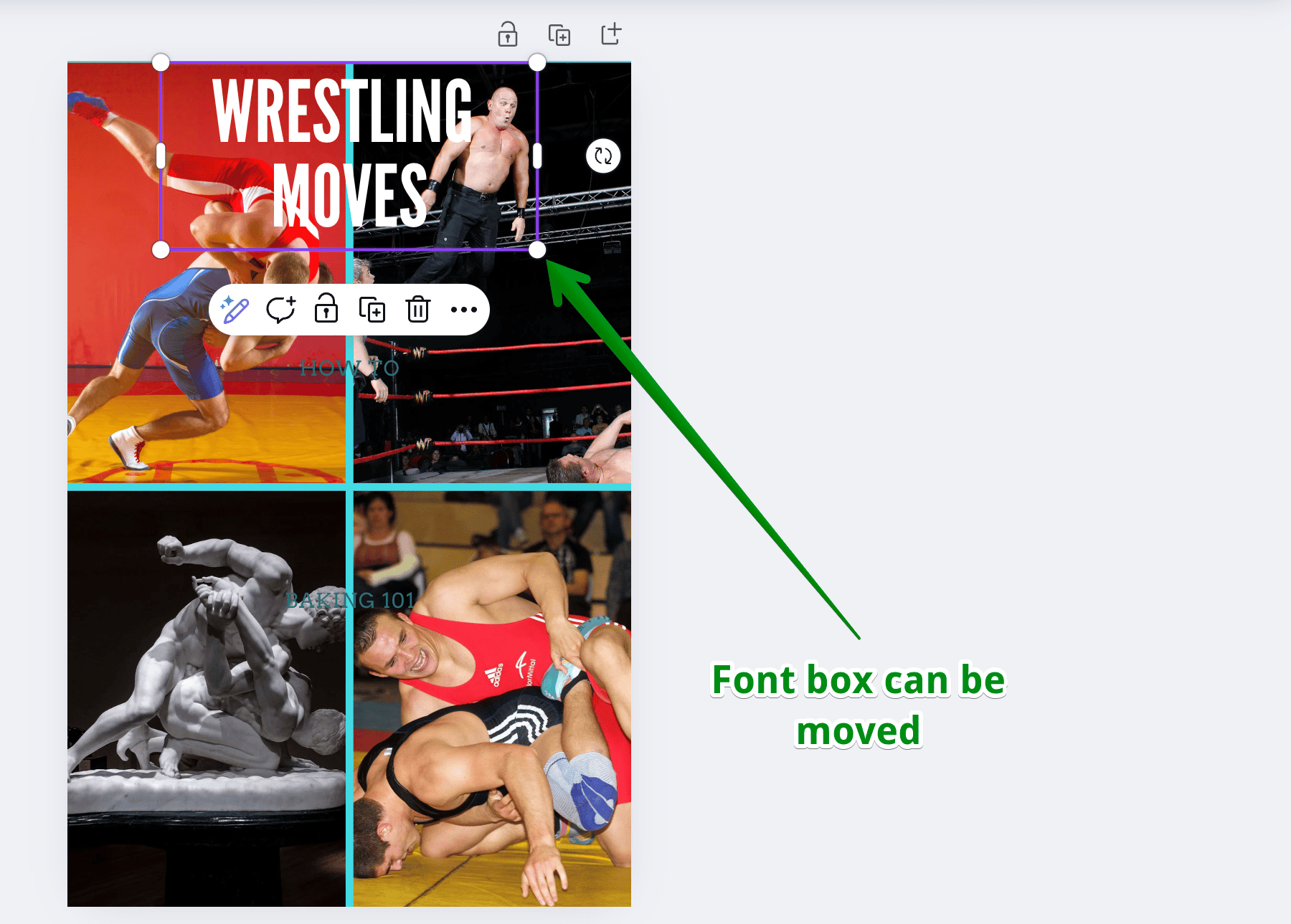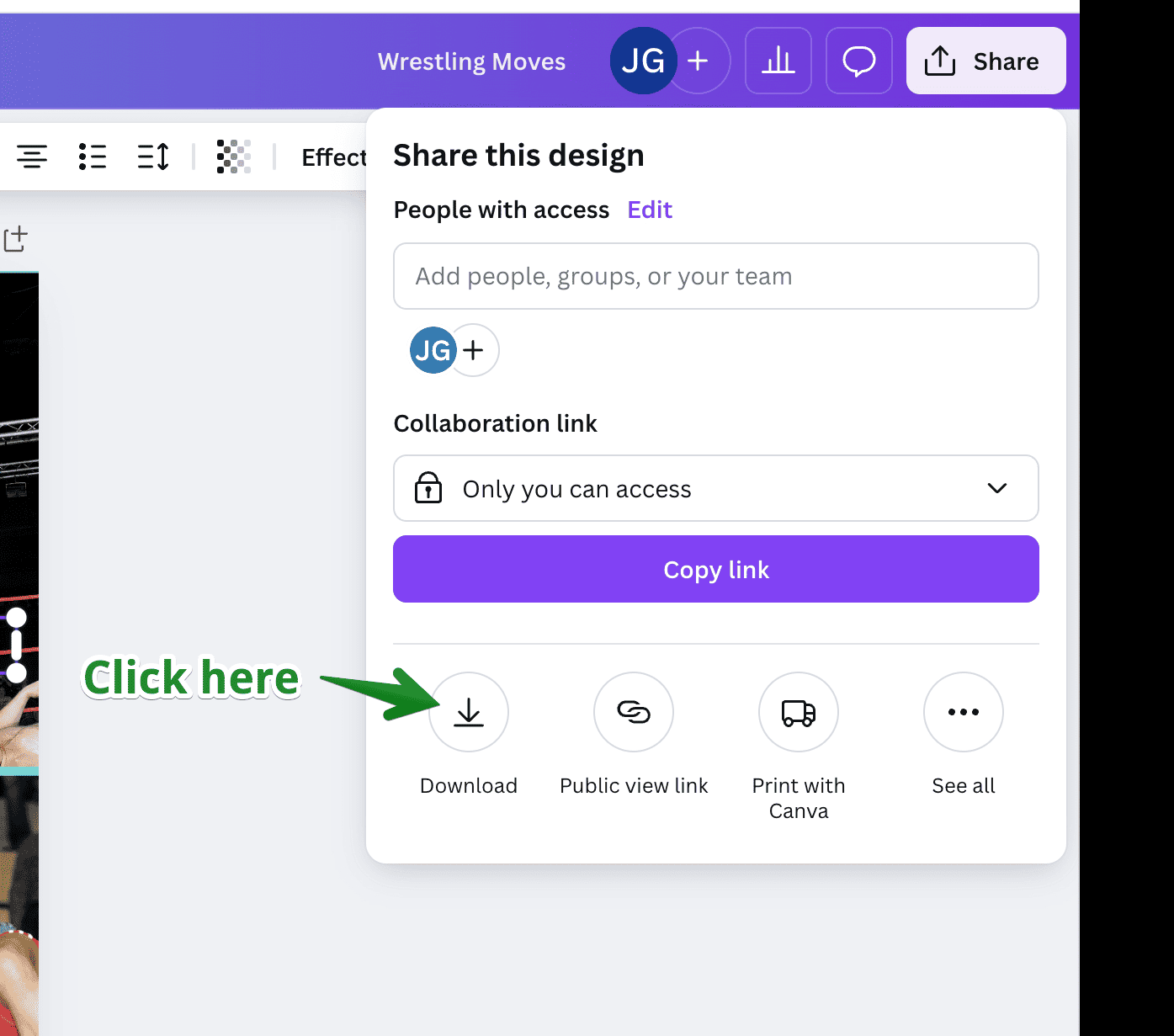
One: Choosing A Niche
Today we are going to choose a niche. We will work together and before you know it, you will have an online presence. This isn’t a race so take your time to get to grips with each step. If you come to one of those times when you don’t know which way to turn(and we’ve all had them!) reach out by contacting me by using the box at the bottom of the page. I’d love to hear from you with any issues or any successes. Chat soon.
One: Choosing Your Niche
Your guide To Finding Your Online Sweet Spot
Let’s face it—the online world can feel like a giant buffet. There are so many options, and it’s easy to feel overwhelmed, wondering what to focus on or where to start. Without a clear direction, you might end up sampling everything. And we all know how that can end!!!
If you set up an account at Wealthy Affiliate you will be able to access the niche finder if you’re stuck for ideas
That’s where choosing a niche comes in. A niche is your special corner of the internet—your theme, your focus, your unique flavor. It’s like picking your favorite dish at the buffet. Whether it’s spicy tacos, comforting mac and cheese, or a delicate slice of cake, finding your niche will give you purpose, direction, and, most importantly, a reason for people to pay attention to you.
Here’s how to figure it out without feeling overwhelmed or lost:
Step 1. Think About What You Love (Even If It Sounds Silly!)
What lights you up?
What makes you feel like you could talk about it forever, even if nobody asked? Maybe it’s cooking ridiculous snacks, fixing old sewing machines, or tinkering with old cars. Whatever it is, that’s a clue to your niche.
Don’t overthink it! You don’t need to be the world’s leading expert in anything. (Spoiler: Most people aren’t.) You just need to enjoy what you’re doing because that enthusiasm is what will make others want to join you.

Step 2: Ask, “Who’s Interested in This?”
Once you’ve got an idea of what you love, think about who else might love it, too. These are your “people”—your audience, your online buddies. For example:
- If you’re into gaming, your “people” might be other gamers looking for tips, reviews, or hilarious fails.
- If you’re all about fitness, maybe your audience is busy parents who want quick workouts they can do while their kids are napping.
- If you’re into crafting, your crowd could be DIY enthusiasts who want easy, step-by-step projects.
Think of it like forming a club. Who do you want in your club, and what will you all talk about?
Step 3: Check What’s Already Out There

Before you commit to your niche, take a peek at what’s already out there. Type your idea into Google, YouTube, or social media platforms. Are there other people doing similar things? That’s good news! It means there’s an audience for it.
But here’s the secret sauce: Think about what makes you different. What unique twist can you bring? Maybe it’s your sense of humor, your storytelling skills, or your ability to make something complex super simple.
This your Unique Selling Point (USP)
Step 4: Start Experimenting
Don’t wait for the perfect idea to hit you. Perfection is a myth, and trying to achieve it will keep you stuck. Instead, start experimenting. Post a few things in your niche and see what happens. Here are some ways to dip your toes in:
- Make a short video explaining something cool in your niche.
- Share tips or ideas on social media.
Pay attention to what feels fun and what gets a response. If something flops, that’s okay! It’s all part of the process. Think of it like sampling different dishes at the buffet until you find your favorite.
Step 5: Stay Consistent (But Keep It Enjoyable)
Once you’ve got a niche you like, stick with it for a while. It’s like nurturing a plant—you have to keep showing up if you want it to grow. But don’t turn it into a chore. If it starts to feel like work, go back to Step 1 and remind yourself why you picked this niche in the first place.
The online world is big enough for everyone, including you. Your niche doesn’t have to be perfect, and nor do you. You just need to show up, have fun, and share what you love. The rest will follow.
So, what are you waiting for? It’s time to choose your focus and dive in. The internet buffet is open, and your niche is waiting!
Here’s a little transparency: My website contains affiliate links. This means if you click and make a purchase, I may receive a small commission. Don’t worry, there’s no extra cost to you. It’s a simple way you can support my mission to bring you quality content.”



